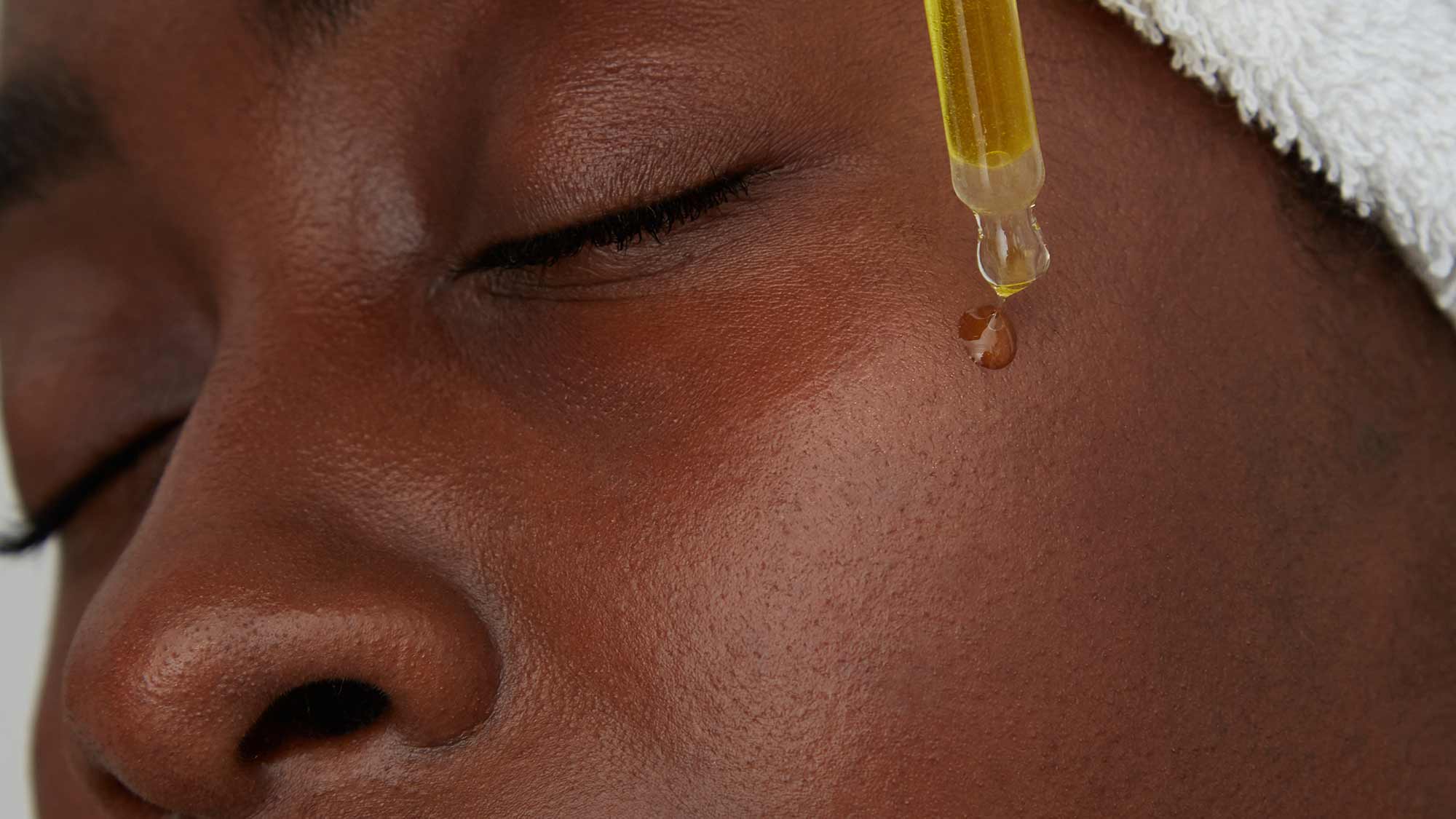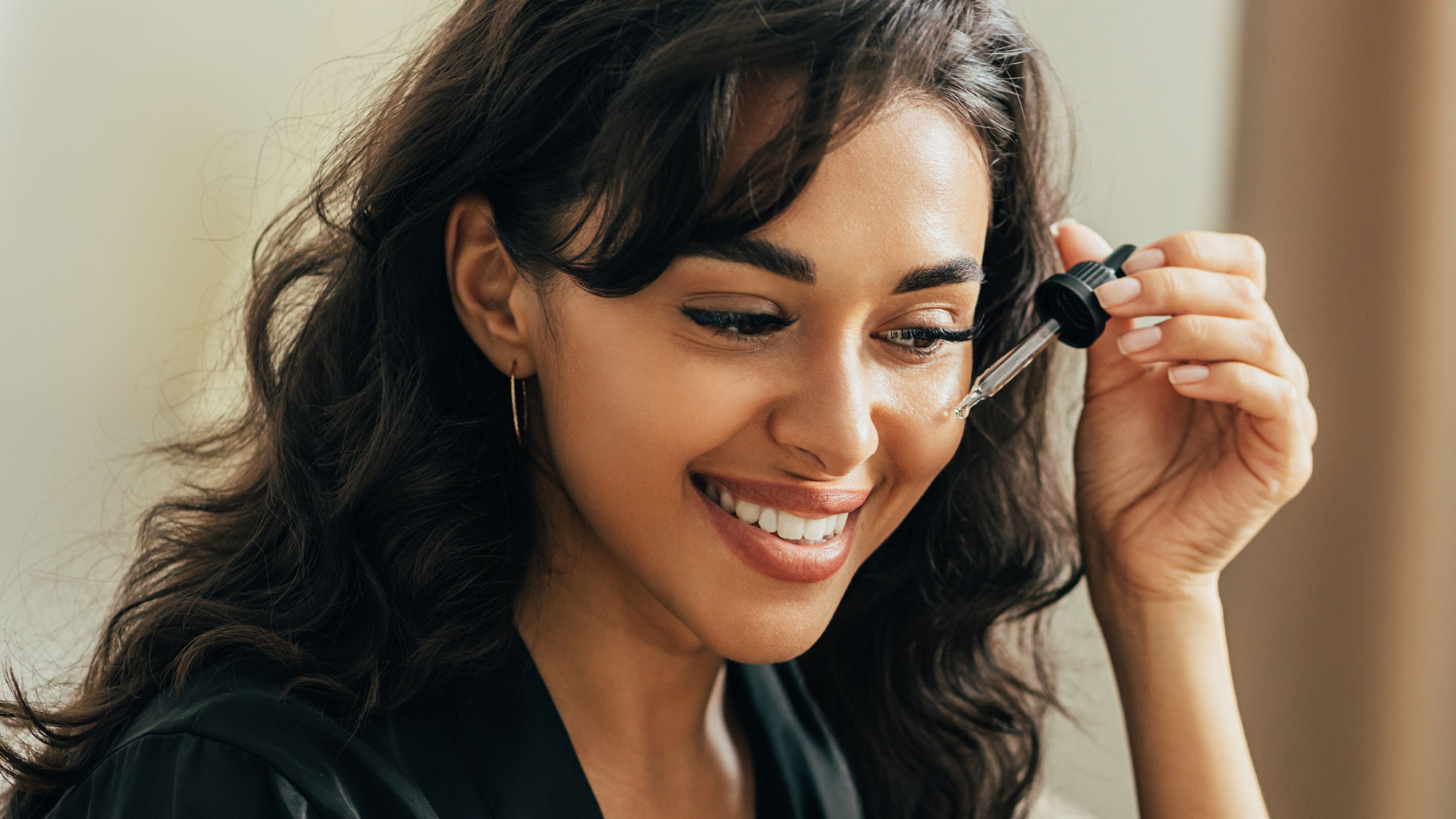How to start using retinol: the complete beginners guide
Arm yourself with everything you need to know on how to start using retinol


If you've found yourself spending hours googling 'How to start using retinol' and are still none the wiser, you're not alone. With so many buzz-worthy skincare ingredients around—with new ones seemingly cropping up every single month—it's hard to know exactly where to start.
Retinol is one of the beauty industry's most lauded actives and is touted as a one-stop-shop, youth-boosting powerhouse that will leave skin glowing. Not only that, but it promises to reduce pigmentation, clear acne, and smooth fine lines and wrinkles too. Sounds like a miracle, right? Well, while the rewards are bountiful, choosing from the best retinol serums can be confusing. And, figuring out the best way to use it, even more so. But fear not, we've got you covered.
Below is a super handy expert guide containing everything that you need to know about this miracle ingredient; what it actually is, how it works, how to start using it, and finally when to use it, including a round-up of our favorite retinol deals.
- We're huge fans of the Neostrata Retinol Review Complex which came out on top in our search for the best retinol serums
- Confused about retinol vs. retinal? These are the main differences
- Hyaluronic Acid vs. Retinol: what's the difference between these two powerhouse ingredients?
Retinol for beginners: what is retinol?
If you're a beginner when it comes to retinol—don't worry, you're not alone—this is what you need to know. Derivatives of Vitamin A are known as retinoids and retinol is one of these derivatives. It’s the more potent out of the only two versions that are available without a prescription, and when added into your skincare regime it has the ability to boost cell turnover and collagen production.
How does retinol actually work?
“Younger skin has a quick turnover of 4-6 weeks, however, as we age this can increase to up to 12 weeks. Thankfully ingredients like retinol speed up snail-paced cell turnover allowing for the faster progression of the cells through the skin, and the natural sloughing away of the dead top layer—pushing newer plumper cells closer to the surface. This stops the skin from becoming dry, dull, pigmented, and prone to acne, and can help your other skincare products penetrate the skin better”, explains Dr Ifeoma Ejikeme, medical director of Adonia Medical Clinic.
Retinol is also “a powerful stimulator of fibroblast cells, one of the most abundant cells in the skin. These cells are responsible for producing firming collagen and hydrating powerhouse hyaluronic acid,” adds Dr. Sophie Shotter. This means that the better your fibroblasts work, the firmer and plumper your skin will be.

How should I start using retinol
Understandably, the powerhouse ingredient, retinol has a reputation for being a little scary, mostly because one of the biggest mistakes people make is overusing it. “Retinol makes skin more sensitive to the sun, so it’s best to only use it at night, after cleansing and add an SPF 30 or above to your morning skincare routine.
“All you need is a pea-sized amount on the face and be careful with the neck—the skin is thinner and produces less moisturizing oils so can end up red and sore if you use too much. Apply half the amount used on your face on the front and back of your neck. And if your skin is on the dry or dehydrated side you can apply a hyaluronic acid serum on top,’ explains Dr. Shotter. Also, never apply retinol to the eye area.
Equally important is how often you use your chosen retinol. “Start slowly, once or twice a week for a couple of weeks, then every other night for another two weeks, followed by every night after your first month. If you approach it this way you’ll most likely avoid retinol peeling, adds Dr. Ejikeme.
A post shared by Medik8 Skincare Experts (@officialmedik8)
A photo posted by on
When should I start using retinol?
On average our natural collagen production begins to decline at around the age of 25, so while you may not yet notice a loss of elasticity, lines, or wrinkles, retinol may help keep these issues at bay.
You don’t need to have lines and wrinkles all over to start using retinol. In fact, “everyone should be able to use some kind of retinol product from the age of 25,” shares Dr. Shotter. This is because, by that age, most people have developed anything from screen-time-induced crow’s feet, and sunspots, to dullness and acne.
“What’s most important, however, is that you choose a formulation that’s best suited to your specific skin concerns and switch it up as your concerns change and evolve,” Dr. Shotter adds.
This much-loved active is also an equal opportunity ingredient, so it’s safe to use on all skin tones and even on dry or sensitive skin types too. However, opt for a safe retinol alternative like bakuchiol or rosehip oil if you are pregnant or breastfeeding—as they both have the ability to boost collagen without any risk of entering your bloodstream.
Amerley is an award-winning beauty & lifestyle journalist who has been writing for the UK’s most well-known glossies, websites and newspapers for over a decade. Known for her ability to predict the next big trend, there is really very little she won’t try for a story. From microblading and injectables, to10 step skincare plans and breathing her way to better skin, Amerley loves to share her experiences and write relatable, informative and trend-led copy for beauty novices and junkies alike.
